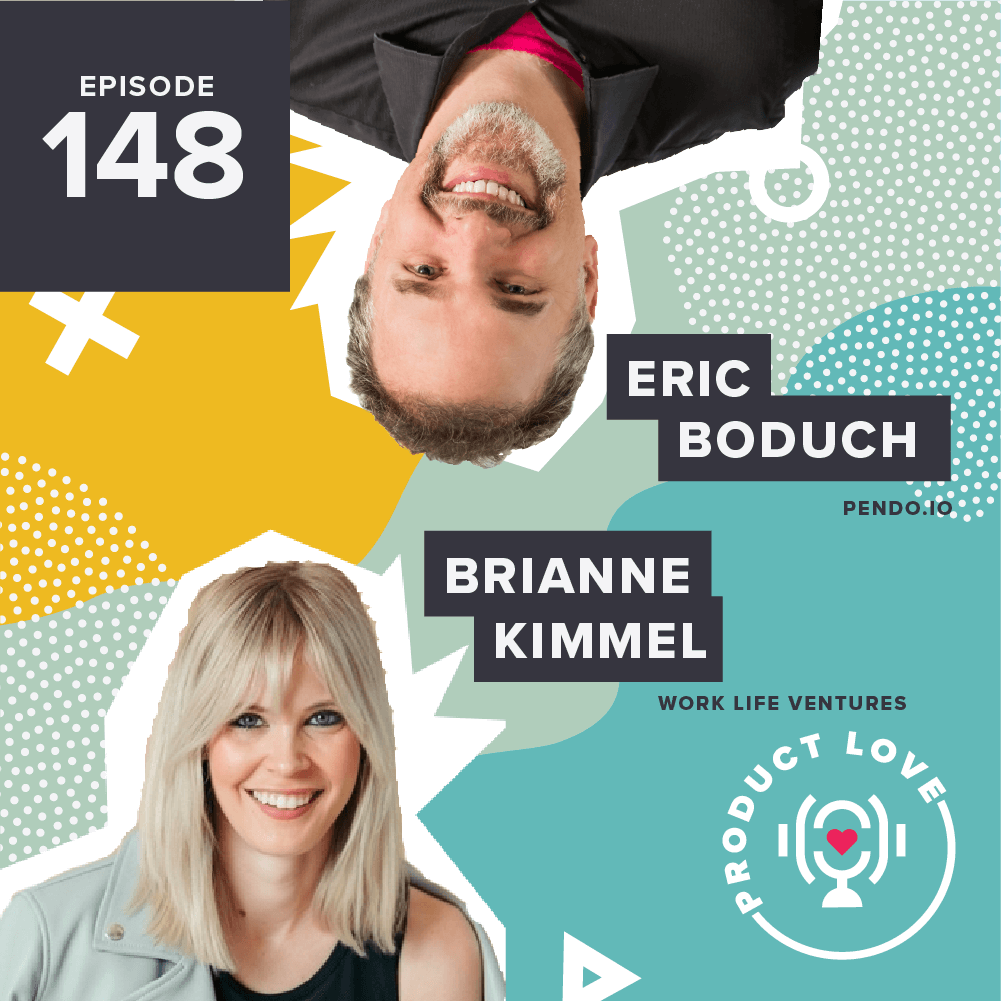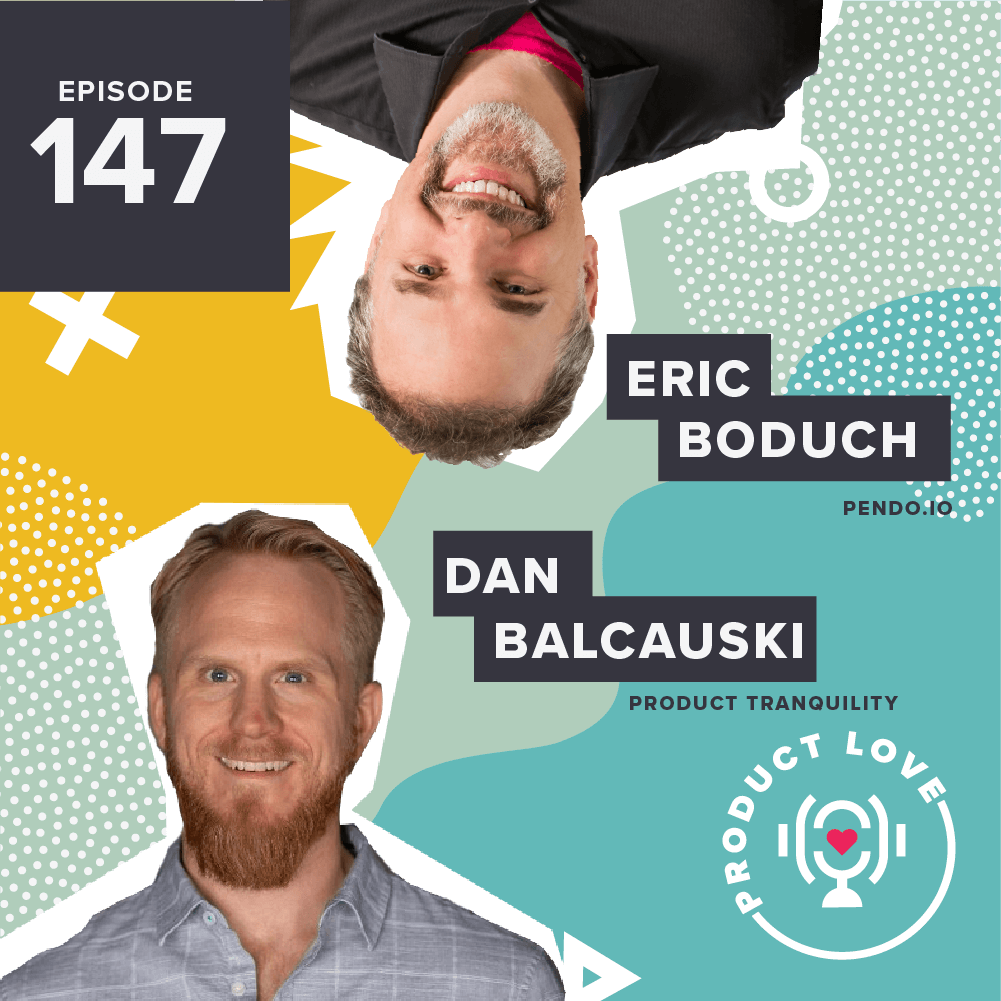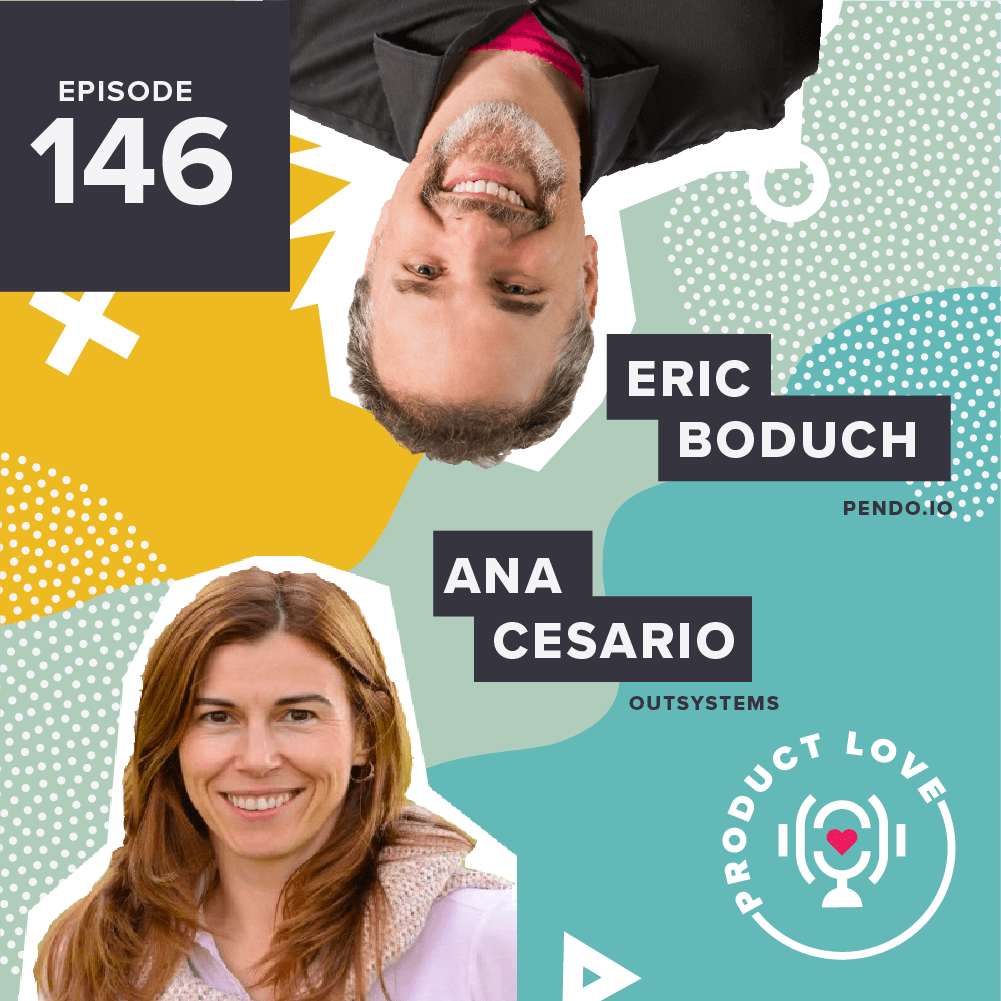This week on the Product Love Podcast, I sat down with Ibrahim Bashir, VP of product at Box. Ibrahim has been computer-obsessed since he was young. His interest actually stemmed from a desire to make computer games — the particular game that inspired him was Doom (yes, we both geek out over this later!) — so he went on to pursue computer science.
However, he soon realized that he didn’t want to be a software developer forever. He ended up asking a lot of questions like, “What are we building? How are we building it?” All of these signs showed that he was ready to be a product manager. Later on, Ibrahim did have an epiphany of sorts — he realized he wanted to work on products that had an impact. Ibrahim ended up working for Amazon, Twitter, and now Box, a cloud content management and file sharing service for enterprise companies.
In this episode, we discuss churn as a meaningful metric, how to build a product management organization, and best practices for spending time with customers.
Churn as a proxy for product value
As frequent listeners know, I love to talk about retention and churn. I strongly believe product managers need to own retention as a key metric, and I’m glad that Ibrahim shares this belief. Product teams tend to use revenue as a proxy for product value. According to Ibrahim, churn is actually the better indicator of a lack of product value and of go-to-market repeatability.
Not to mention, a high percentage of revenue comes from customer renewals, so it’s important to really nail product value. But using revenue as a stand-in for product value can turn your roadmap into more of a churn prevention list rather than a true product strategy that’s true to your vision. It’s natural that product managers want to please their customers, and that might mean completing niche requests. However, you should be careful about iterating around the edges.
A customer’s laundry list
Ibrahim believes that spending time with customers should be a habit for PMs. He tries to do customer calls that focus on two different dimensions. The first is what projects the PM is executing on. The second is what they at Box can be doing to help the PM move the needle for their customers.
Unfortunately, customers sometimes make it hard to figure out the root of their frustration. That means PMs have to go through their laundry list of complaints. But Ibrahim advises starting a real dialogue about the source of their frustration. Usually, the top two items account for 90% of their pain points. The rest of the list tends to pile on from there.
But that one thing also has to be repeatable. If it’s repeatable, you should fix it. If it’s not, then you might be talking to a customer who isn’t part of your core market.
Pitching your PM role
Ibrahim actually built one of the first technical product management organizations inside of Twitter. He admits it was a strange role to step into because engineering was the team hiring PMs. Also, there were the general anxieties of being the first PM in any organization. He didn’t have this problem at Amazon, where product management was already a big part of the organization.
His advice to any product manager who wants to build credibility is to simply be accountable without pushing for authority or autonomy. That’s a pretty powerful thing to say, especially when a lot of product managers always encouraged to work on “influencing” others. Instead, Ibrahim tells PMs to find “pockets” where they can add value and build from there. For example, he pretty much solidified his worth as a PM at Twitter by tackling the problem of decomposing the monolithic Twitter application (a problem that no one wanted to touch).
Ibrahim emphasizes that it’s always important to be associated with solving a particular problem and helping the business scale rather than pushing a particular solution. For instance, you might want to say, “We could do backlog grooming and publishing better” over, “We need to use tool XYZ or else.”
Want to hear more about what Ibrahim’s experiences building products and scaling teams? Check out the episode above, and you can read more of his thoughts via his Substack newsletter (Run the Business).


